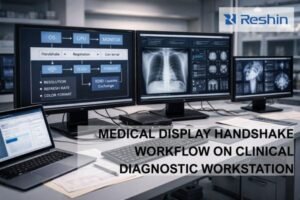
When it comes to surgical monitors, certifications are very important. They aren’t just fancy tags—they show the equipment is safe and high-quality. Certifications like FDA 510(k) and ISO 13485 prove these monitors work well during surgeries. It’s comforting to know your monitor helps keep patients safe and supports surgeons. Want to see great options? Check out Reshin’s certified monitors at MS275PA. Trust me, good quality matters when lives depend on it.
Key Takeaways
- Certifications like FDA 510(k) and ISO 13485 show surgical monitors are safe. Always check for these when picking medical equipment.
- Certified monitors keep patients safe by showing clear images and correct data. This helps doctors make good choices during surgeries.
Safety rules like IEC 60601 and CE marking ensure monitors work well and are safe. These are important for trusted medical tools.
Using certified monitors can reduce legal problems for hospitals. They prove the devices follow safety rules, making surgeries less stressful.
To check if a monitor is certified, look at the maker’s papers or use official databases. Asking experts can also give helpful advice.
Why Certifications Matter for Surgical Monitors
Keeping Patients Safe
Certified surgical monitors help keep patients safe during surgeries. These monitors make operating rooms safer and more efficient. They don’t just show pictures—they help save lives. For example:


